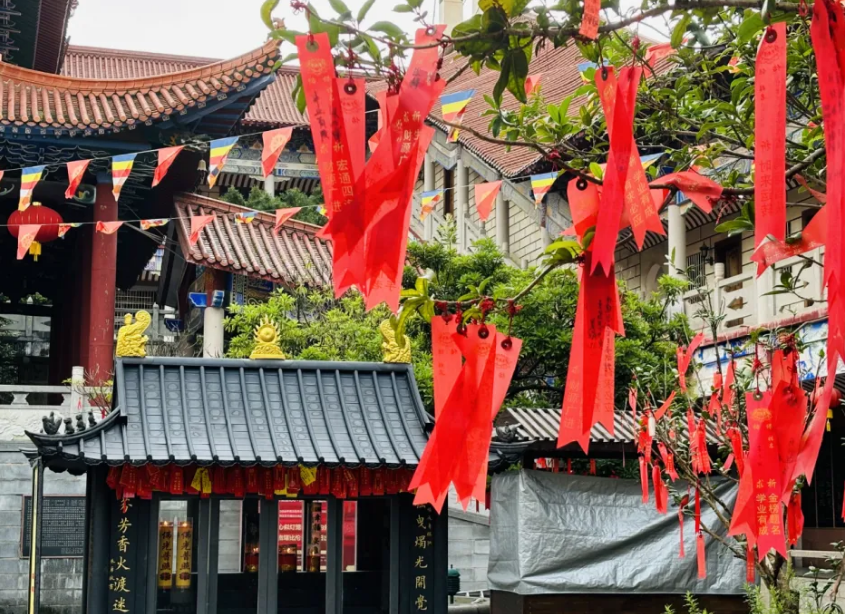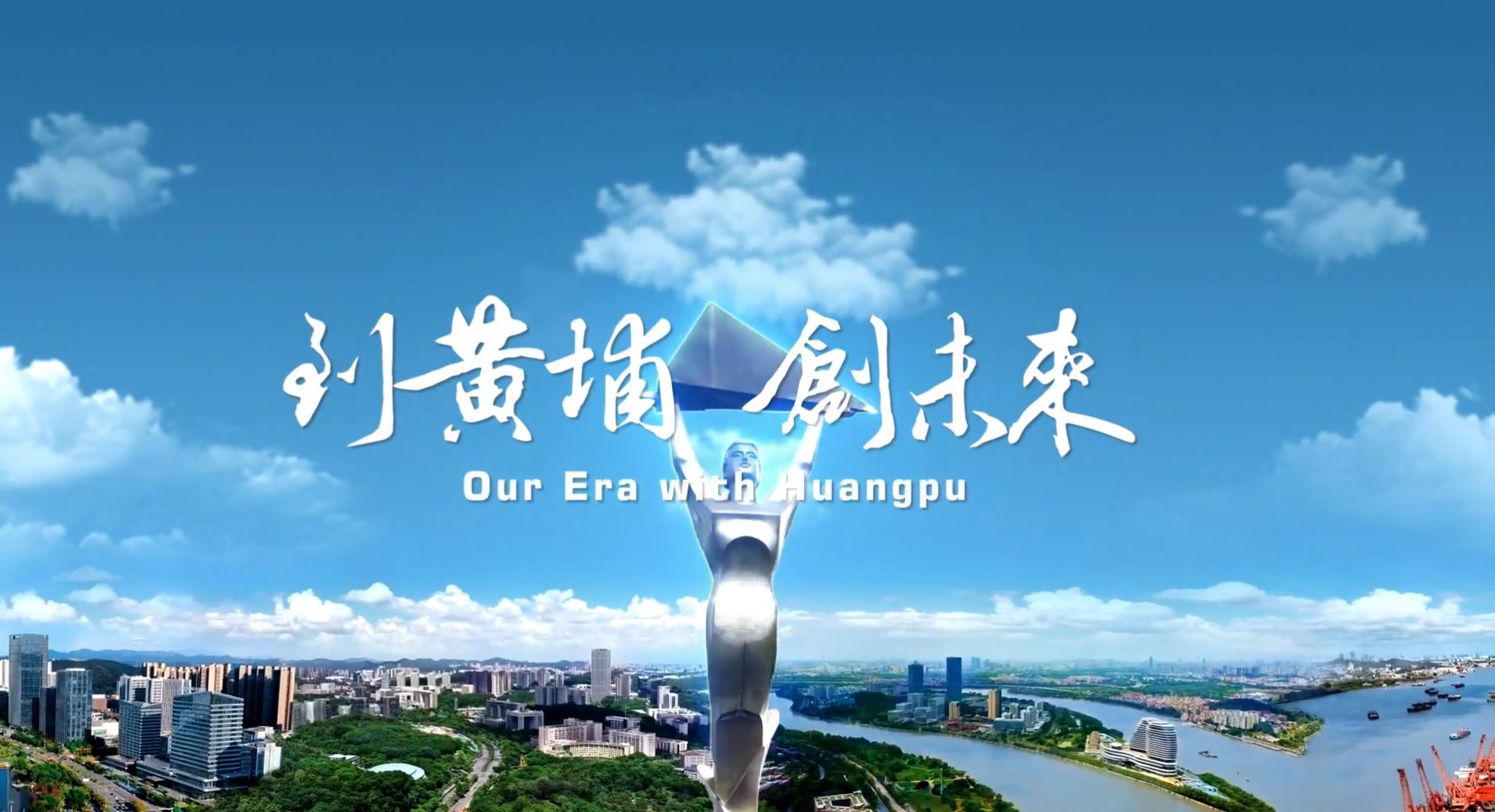Discover peaceful haven of Fayu Temple amidst Huangpu hustle
Updated : 2024-06-24Fayu Temple, located in Huocun village, Huangpu district, originally named Jixiang Temple, was built in 1750.
With a construction area of approximately 250 square meters, it has endured the ravages of time. The relocation plan began in 1987, and in 1990, venerable master Shi Yongjian was invited to serve as the abbot. Due to the small and inadequate original site, in 1992, a new site was selected for the construction of the temple, which was then renamed Fayu Temple.

Fayu Temple. [Photo/WeChat account: gh_ce3bb2268796]
The environment around Fayu Temple is serene. Stepping through its gates, an intense quietness pervades the soul, leaving only tranquility. Monks and nuns quietly sweep the courtyards, creating a pleasant atmosphere. The layout of the temple's buildings along the central axis exudes solemnity and profundity, with the Dharma Hall and Hall of Merit and Virtue being tranquil and quiet and boasting a calm dignity.
The architecture within the temple is colorful and ornate, with finely carved beams and painted rafters. Dragon walls, bracket sets, and stone-carved lotus ponds all display an ancient and exquisite charm.
Fayu Temple houses a vast collection of calligraphy works by eminent monks and masters, with selected masterpieces adorning the walls to form a calligraphy corridor. The calligraphy within the temple varies in style, including regular script, clerical script, and cursive script, each unique in presenting Buddhist scriptures, adding to its rich cultural heritage.
Whether for religious purposes or seeking tranquility, Fayu Temple is worth a visit.
- Investment and Entrepreneurship
- Investment Advantages
- Investment Guide
- Policies
- Key Projects
- Major Industries
- Industrial Parks
- Investment Opportunities
- Technological Innovation
- IPR
- Enterprises
- Talents
All rights reserved. Presented by China Daily
粤ICP备16087157号-1










